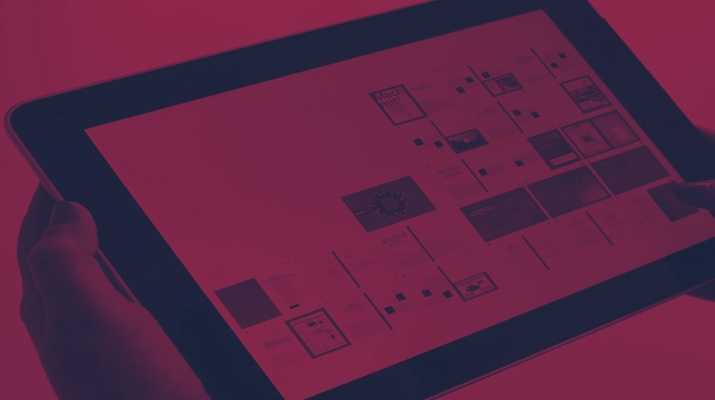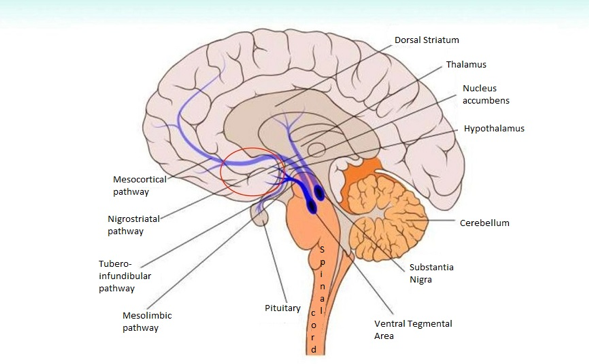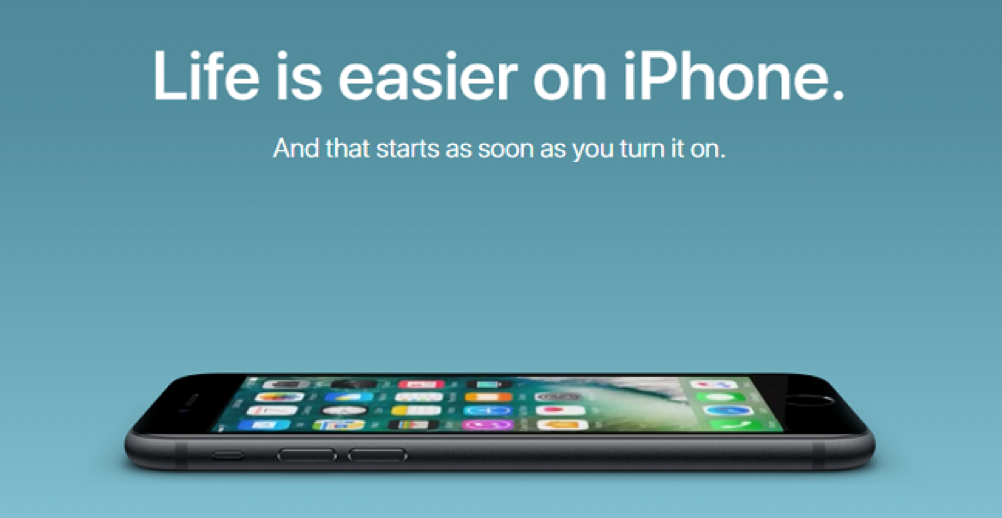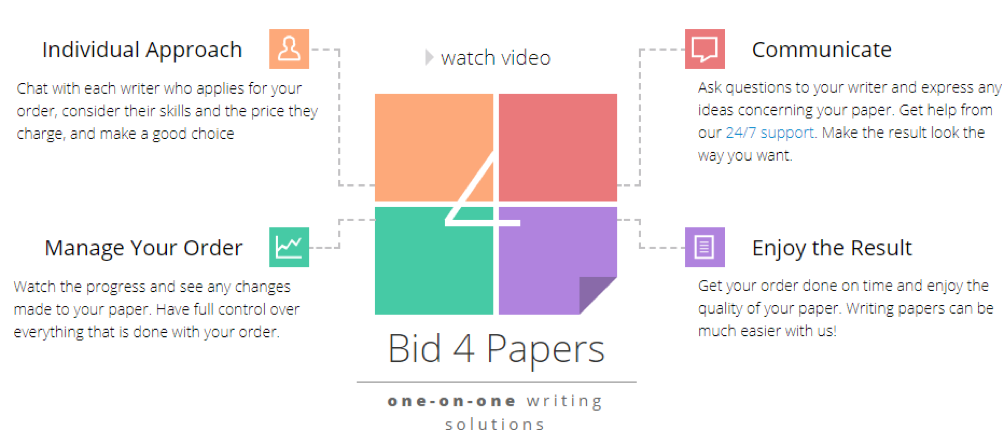How to Sell to Consumers With Different Motivation Types

How to Sell to Consumers With Different Motivation Types
Contributed ContentTo make consumers interested in purchasing your product, marketers need to figure out the motivation of their target audience. Knowing your consumer’s motivation will help you craft a content strategy and decide on effective marketing tactics to use for better conversion and sales.
Why do some people feel motivated after reading an inspiring article and others don’t? Why do some people buy a coat because of its style while others focus on its price and practicality?
People consider different factors because their dominant motives differ.
Marketers need to understand what motivates their audience. Depending on this reason, they can decide on the appropriate marketing tactics to influence conversion and sales.
We, at the Bid4Papers company, have figured out that customer motivation is centered around either physical or social reward expectancy.
With this in mind, we've revised our content strategy to best meet the interpretations our customers use for decision-making and, therefore, trigger the desired reaction from them.
This article will discuss the two types of dominant motivations in people and explain how to figure out what motivates your costumers. You can then use content tricks to better appeal to your customers' buying decisions.
Where to Look For Motivation
To influence consumers, you should understand how to identify customer motivation.
The brain shapes its behavior based on whether a person wants a social reward (praise for a good job) or a physical reward (a person scratches an itch) through sequential processes:
- Reward anticipation (“If I do a good job, I will get an A on this paper.”)
- Connection to the behavior (“I will work hard to write the paper.")
- Planning to receive the reward ("I hand in my paper knowing I did good work.")
- Coding its meaning ("I am proud I received an A on my paper.")
- Adjustment (“I worked hard and was rewarded. I will write a great paper again.")
Below is an image that shows where the motivation center is located in the human brain:

The reward system is a core component of the Ventral Tegmental Area (VTA), which is full of dopamine neurons or “the happy chemicals” in our brain that satisfies the need for excitement. Dopamine neurons want to reach the nucleus accumbens or “the reward circuit.” This circuit is the system that guides our behavior.
On the way to our reward circuit, neurons pass through the mesolimbic and mesocortical pathways, which are responsible for anticipating rewards. Once the neurons reach the nucleus accumbens, the brain feels motivated.
Two Types of Dominant Motivation
Most marketers agree that personalization, experience, and participation will drive the market over the coming years. You need to understand what motivates consumers to choose your brand over others.
There are two types of people:
- The S Type: people striving for success.
- The F Type: people trying to avoid failures.
As a marketer, you can "help" both types of people feel rewarded. You just have to learn the traits and behavior associated with each type.
For example, let's imagine there are two types of people, one motivated to avoid failure (F-dominant) and one motivated by success (S-dominant), who are going on a hiking trip.
Once the two return from the trip, they share their impressions with friends.
The F Person’s Impression of the Trip
The person with the F-dominant motivation describes how he was afraid to climb to the peak of the mountain and drive at night because he felt unsafe.
F-type people’s motivation is to stay safe no matter what.
Character traits of F-type people are:
- Striving for maximum comfort
- Not taking any risks
- Thinking it’s better to do nothing than lose
If you are marketing to F-type people, remember to provide comfort and quality assurance to your consumers. F-type people read negative reviews and focus on these comments when choosing a product or service. They will be more open to buying your products if they feel it is not a risk.
The S Person’s Behavior on the Trip
The person with an S-dominant motivation type describes the beauty of the trip. He talks about how he climbed to the peak of the mountain and saw the view. He also decided to drive all night so he could reach the city by morning and see the sunrise.
S-type people have a positive perspective on the world. They don’t dwell on risks and prefer to be optimistic about outcomes.
Character traits of S-type people include:
- Like to try something new, even if the risks are high
- Think positively
- Impulsive
- Don’t hold grudges
People with S-dominant motivation read positive customer feedback and make buying decisions accordingly.
You should market the exciting and attractive elements of your product to S-type people. They like to learn about new features and elements of your services.
Once you determine the dominant motivation of your target audience, you'll understand what content they need and what pain points to "press" so they take action.
How to Sell Depending on a Motivation Type
How you word your marketing content can influence how your audience perceives it. You should consider your brand voice carefully and make sure it is consistent across channels.
A customer with an S-dominant motivation strives for more general interpretations of product. You need to show the big picture of a product instead of focusing on small details.
This iPhone ad is straightforward, brief, and aesthetically-pleasing:

S-type style people appreciate this visual-centric and text-brief ad because it makes the product seem sleek and new.
Meanwhile, F-style people prefer more information. They like ads that give specifics on the features of the products and how it works.
Give F-style people a step-by-step plan for committing to an action. They need to see a result and understand they risk nothing when buying from you. Below is an infographic that an F-style person would appreciate:

In the above graphic, we give the viewer step-by-step instructions on writing solutions. This detailed graphic would appeal to the F-style consumer.
Based on the dominant motivation of your users, build a content strategy that would influence them.
Make Psychology Work for You
Most marketing resources recommend understanding your audience to successfully craft a content marketing strategy. As such, the more you know about the psychology of your target customer, the better.
These content tricks (word-choice, style, tone, and your CTA) will help to appeal to your consumers and motivate them to buy from you.
Depending on the motivation type of your clients, different persuasive techniques will help to improve your marketing results. Invest in a digital marketing agency if you want to exercise these findings in a new campaign.
